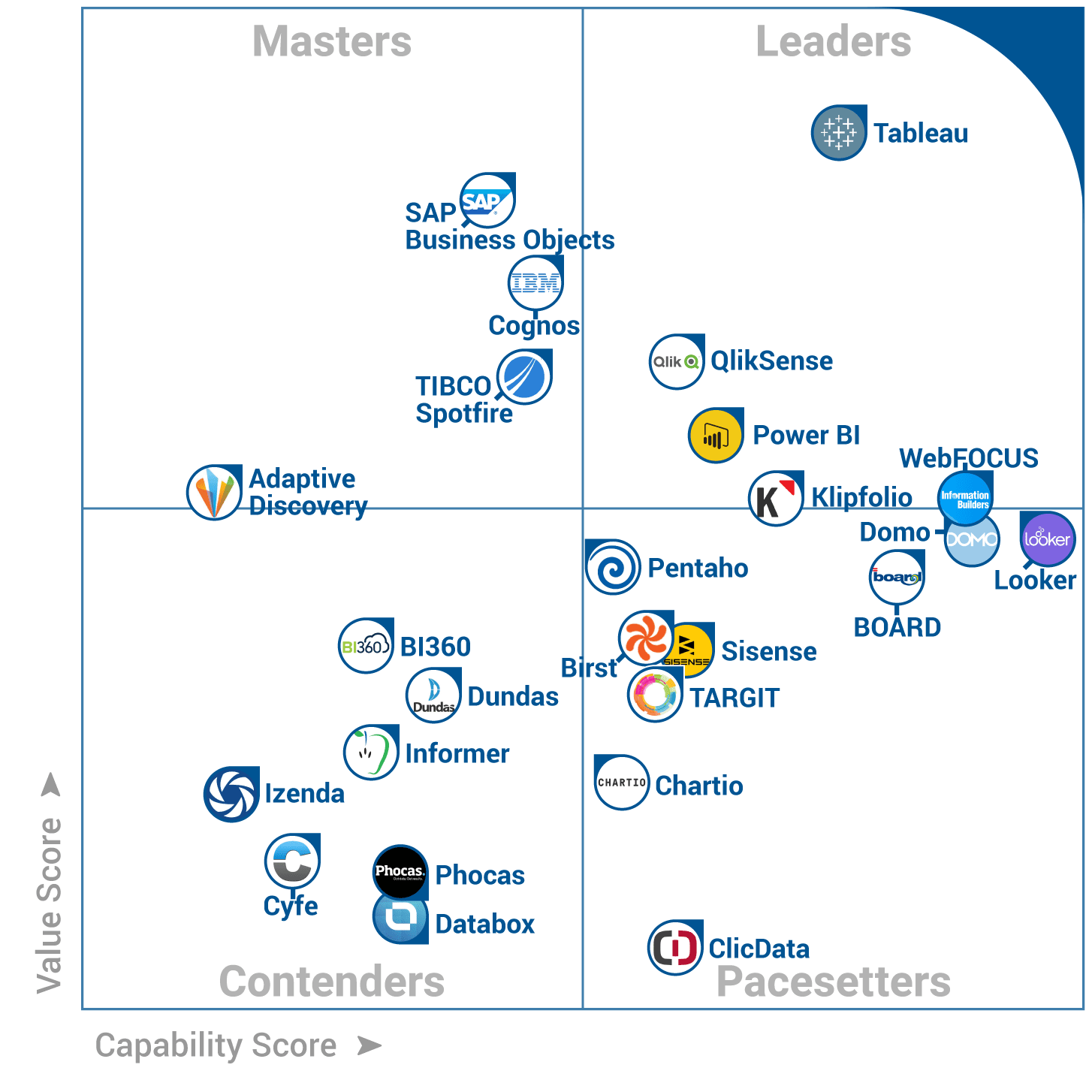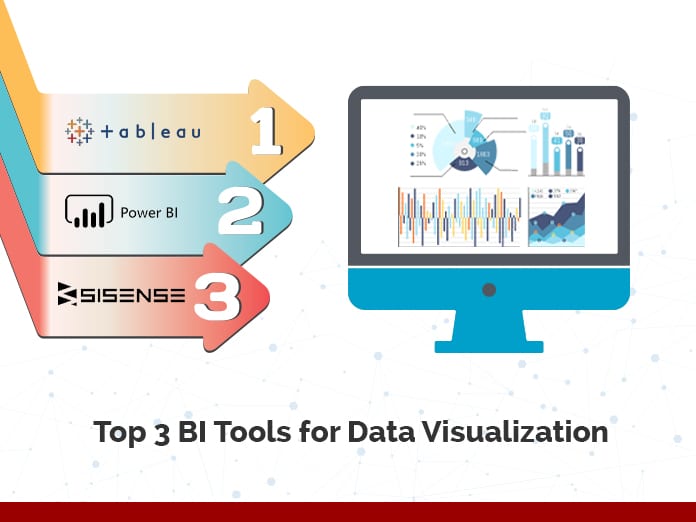

The principles of Design Thinking and the Agile methodology of iterative/collaborative development are creating higher usage statistics, better storytelling, and actionable metrics that can be used by multiple levels of the organization. I’ve witnessed time and again that the work has to be done with the end user in mind. “The first trend that I think we need to watch out for in 2020 is collaboration. “The next frontier of BI and analytics is making data more human. As BI/analytics professionals, organizations will be expecting us to be knowledgeable in the first place and play a leading role in the associated change management.” – Merri Beckfield Second, along with this comes the need for improving the proficiency of organizations in effectively managing and consuming data (data literacy). First, the rapid evolution of AI/machine learning and augmented analytics is poised to dramatically shift the paradigm of how data is analyzed and delivered. “While there are a variety of forces impacting the future of BI/analytics, there are two that I’d recommend following very closely. These technologies are allowing companies to do more with less, become more agile, and utilize machine-generated advanced insights to decide and act on the next best course of action. ” – Holly Rachel Innovating with Emerging TechnologiesīI and analytics over the past few years has brought with it the rise of features such as machine learning, artificial intelligence (AI), and augmented intelligence. “Key BI and analytics trends for 2020 will be a focus on data culture and interdepartmental communication to derive better insights from business data. While we still need generalists, there are also many specialized roles evolving to deal with the increasing breadth and complexity of the data and analytics that need to be supported. “One of the biggest trends in analytics is the continued specialization of roles across the phases of the analytics process.

Therefore, we need to leverage self-service toolsets to empower our customers to serve themselves. Today’s ever-changing business environment is driving our customers’ need for analytics data and is creating IT backlogs for dashboards and reports. “I believe one of the greatest trends to watch for in 2020 is the self-service toolset. Another trend-as I see it- is business-driven self-service data management, using a high degree of federated data.” – Andreas Madsen “In my opinion, the biggest trend will be augmentation in the entire analytics space, be it analytics, planning, or data management. For these reasons, there is an ever-growing demand for self-service tools that provide access to data across the entire organization and proper data governance to ensure secure and quality data is being leveraged. Organizations are desiring the ability to make rapid, data-informed decisions that support business processes and enhance the customer experience. Data Management, Governance, and Self-Serve Tools

These three trends-and others-were also discussed in ASUG’s 2020 BI and analytics trends, which we recommend reading to gain a deeper understanding of the developments to pay attention to this year. Data management, governance, and self-serve tools.Specifically, we identified three major trends woven into the contributions:
TOP BI TOOLS 2020 HOW TO
Most of the trends identified by the speakers center around how to better capture and analyze data in the organization, implementing self-service tools, and innovating with emerging technologies. 3 BI and Analytics Trends to Watch in 2020 To help, we reached out to some of the speakers from the upcoming BI+Analytics Conference and asked them to identify what key trends they think we should pay attention to in BI and analytics this year. With that in mind, it’s important for businesses to keep on top of the latest BI and analytics trends to evaluate and evolve their strategies. According to MarketWatch, the BI market is expected to grow at a compound annual growth rate (CAGR) of 26.98% by 2025 and reach an incredible $147.19 billion.

The world of business intelligence (BI) and analytics is evolving fast.


 0 kommentar(er)
0 kommentar(er)
